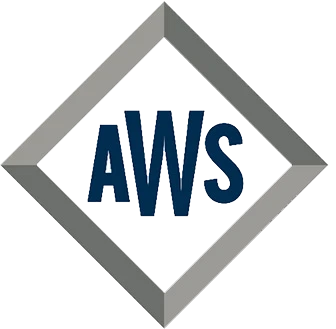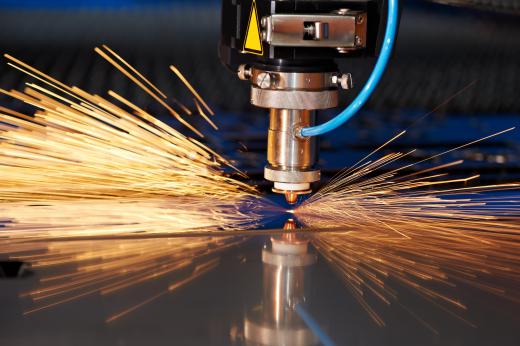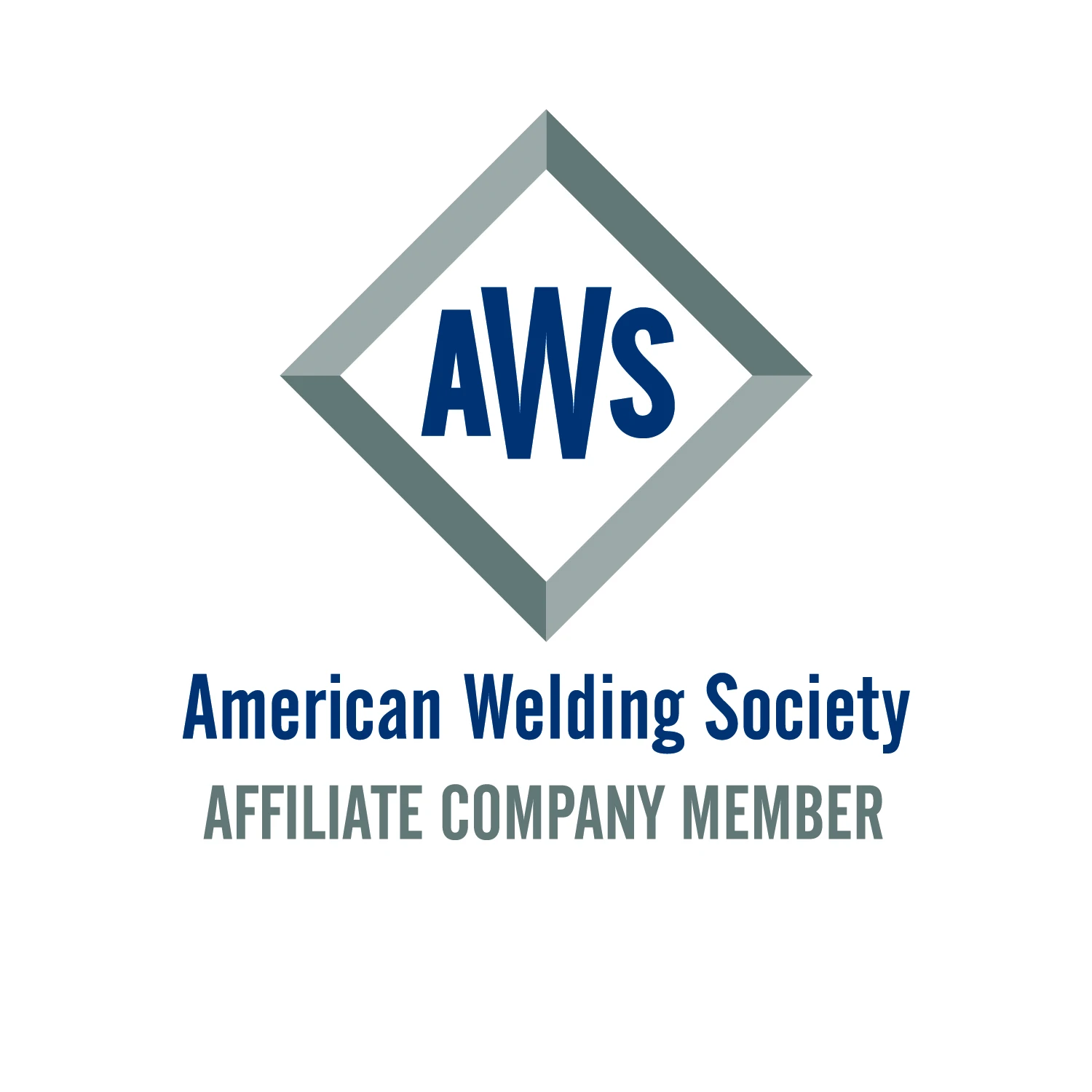Industrial laser cutting is a manufacturing process in which focused beams of light are used to bore holes and cut out shapes from sheets of steel, polycarbonate and other materials with high precision. The three primary types of industrial laser cutting machine configurations are moving material, flying optics and hybrid systems. Though laser cutting provides a very clean edge and a flexible process, it is not always suitable for large-scale manufacturing.
Laser cutting works by using highly focused light as a sort of “blade” to cut specific patterns in sheet material. Depending on the power of the laser used, this material can vary from sheets of paper to pieces of steel more than 2 inches (5.08 cm) thick. Most industrial processes, however, involve cutting metal or plastics.
Most laser cutting machines have two primary components: a head, from which the laser beam is projected, and the table, where the material to be cut is laid. These two primary pieces are constant, but they can be arranged in various configurations depending on what the manufacturing system is used for.
A moving material setup keeps the head stationary and moves the table to cut patterns. This system tends to be slow, but its construction is relatively simple because the laser optics do not have to be constantly adjusted. Flying optics setups are the inverse; the table is kept still while the head moves, making the machine faster but requiring a much more complicated optical system to keep the laser beam focused while it is constantly moving. Hybrid systems combine the two, moving both the table and the head but in different directions.
Industrial laser cutting has several distinct advantages over other types of machining. Many people choose to use this process because the laser beam offers very clean, precise cutting. The nature of the process means that there is very little heat or pressure distortion and other kinds of warping. Also, although laser cutting machines were first used in the 1960s, the advent of advanced computer technology means that modern manufacturers can easily input and edit the patterns they wish to cut. This flexibility has made laser cutting popular for making unique prototypes, although it also can be implemented in larger-scale production.
Read more: What is Industrial Laser Cutting?






